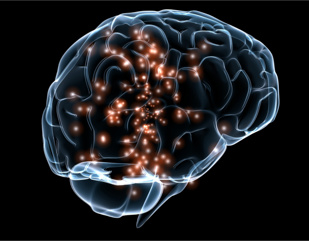Event Location

Despite more than 50 years of clinical use as anxiolytics, anticonvulsants and sedative/hypnotic anti-A receptor optical reporters, the mechanisms underlying BenZoDiazepine (BZD) tolerance are poorly understood. BZDs potentiate the actions of Gamma-AminoButyric Acid (GABA), the primary inhibitory neurotransmitter in the adult brain, through positive allosteric modulation of 2 subunit-containing GABA type A receptors (GABAA receptors). Our current work focuses on defining key molecular events impacting the inhibitory synapse following initial sustained BZD exposure in vitro and in vivo. We apply high-resolution imaging as well as biochemical, electrophysiological and proteomic approaches to understand the processes governing GABAergic synapse formation and plasticity. Over the years we have developed several specialized GABAA receptor optical reporters, including a unique tool to monitor multistage GABA receptor trafficking in neurons during drug treatment or pathological events such as in vitro seizures. By uncovering synaptic adaptations occurring in mice with prolonged BZD treatment, we aim to provide new directions for the development of therapeutic approaches to mitigate or avoid the development of BZD tolerance. Tija C. Jacob, Ph.D. Assistant Pharmacology & Chemical Biology Professor Vice Graduate Education Chair Center for Neuroscience Faculty Member University of Pittsburgh School of Medicine

